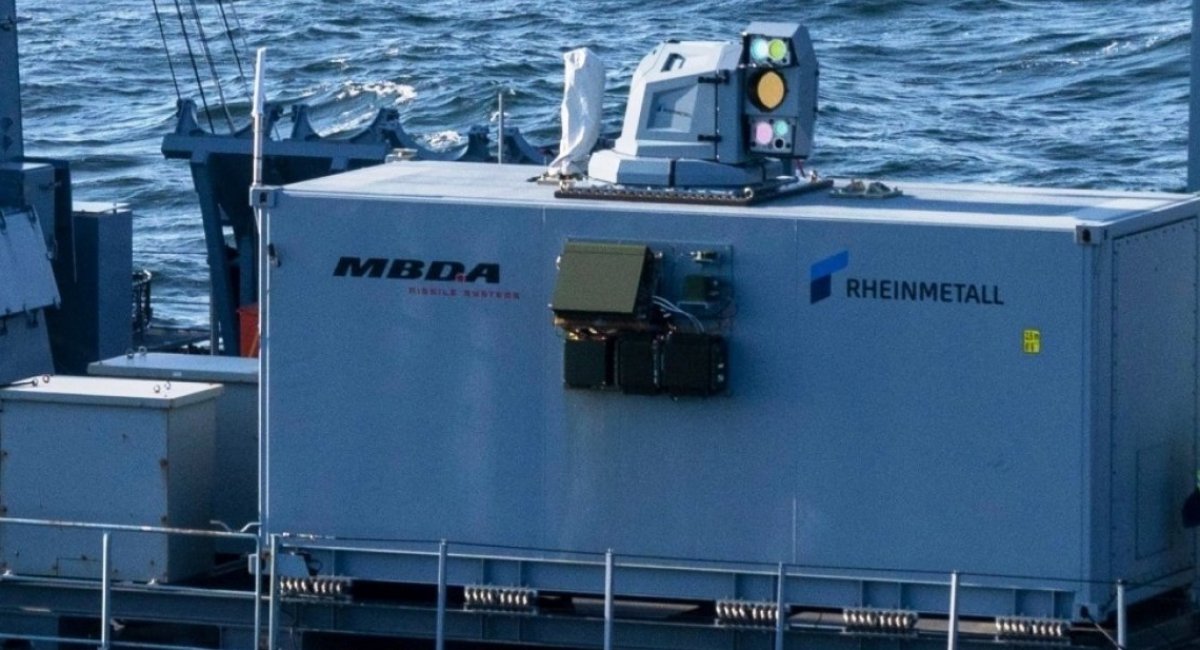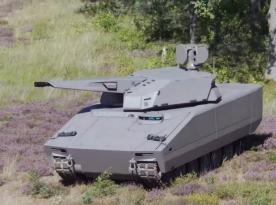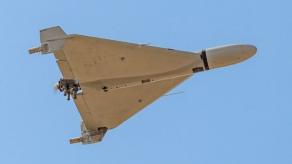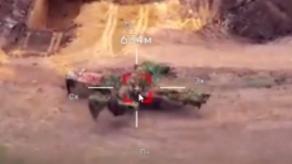Rheinmetall, together with MBDA Germany, announced the completion of a one-year sea test phase of their shipborne combat laser aboard a Sachsen-class frigate. The laser demonstrator will next be handed over to the German Navy at the Laser Competence Center in the Weapons and Ammunition Technical Center WTD 91 for further trials.
Rheinmetall expects the Navy to be able to receive this laser starting in 2029. No new photos have been released; older images taken a few years ago show the combat laser installed in a container on the deck, and it is not yet clear whether it will later be integrated into the ship's structure or remain containerized on board.
Read more: Ukrainian Drones Wipe Out russian BM-21 Grad System and BTR-80 Vehicle Near Dobropillia (Video)

The laser is fairly compact, so in theory a single ship could carry several of them for example, two (one on each side) and one at the bow allowing the vessel to defend against massed attacks from all directions, which is important given the modern trend toward large numbers of threat platforms. That said, the cost of the installations themselves is significant.
Rheinmetall says the system is currently effective against single drones and drone swarms. In the future, as laser power increases, it is expected to gain the capability to intercept unguided rockets, mortar rounds, artillery shells and even supersonic anti-ship missiles.
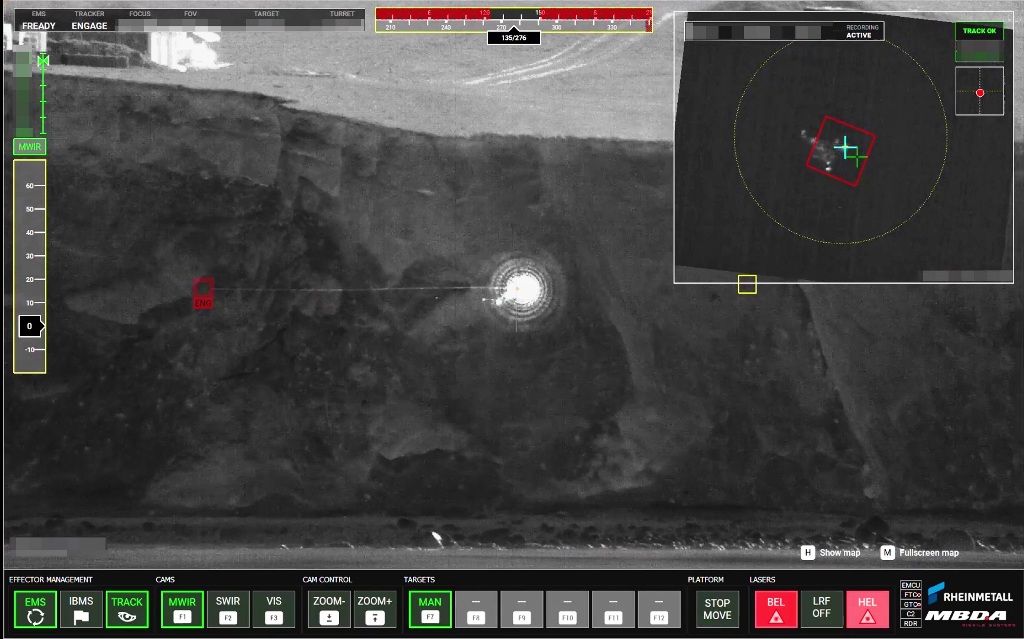
One of the main challenges in intercepting such targets is laser power: the faster the target, the less time the laser has to burn it. While damaging a drone with a laser is relatively easier, a supersonic missile is built from very strong materials that require more time and energy to ablate or disable, and the missile's speed leaves only seconds for interception.
Another key issue is maintaining the laser beam on target something good tracking software and sensor systems can help solve. Interestingly, the demonstrator appears to be equipped not only with an electro-optical targeting station but also with its own small radar, visible in earlier photos. That may reflect the fact that the laser demonstrator was not fully integrated with the ships sensors during tests, so it needed an onboard radar surrogate.
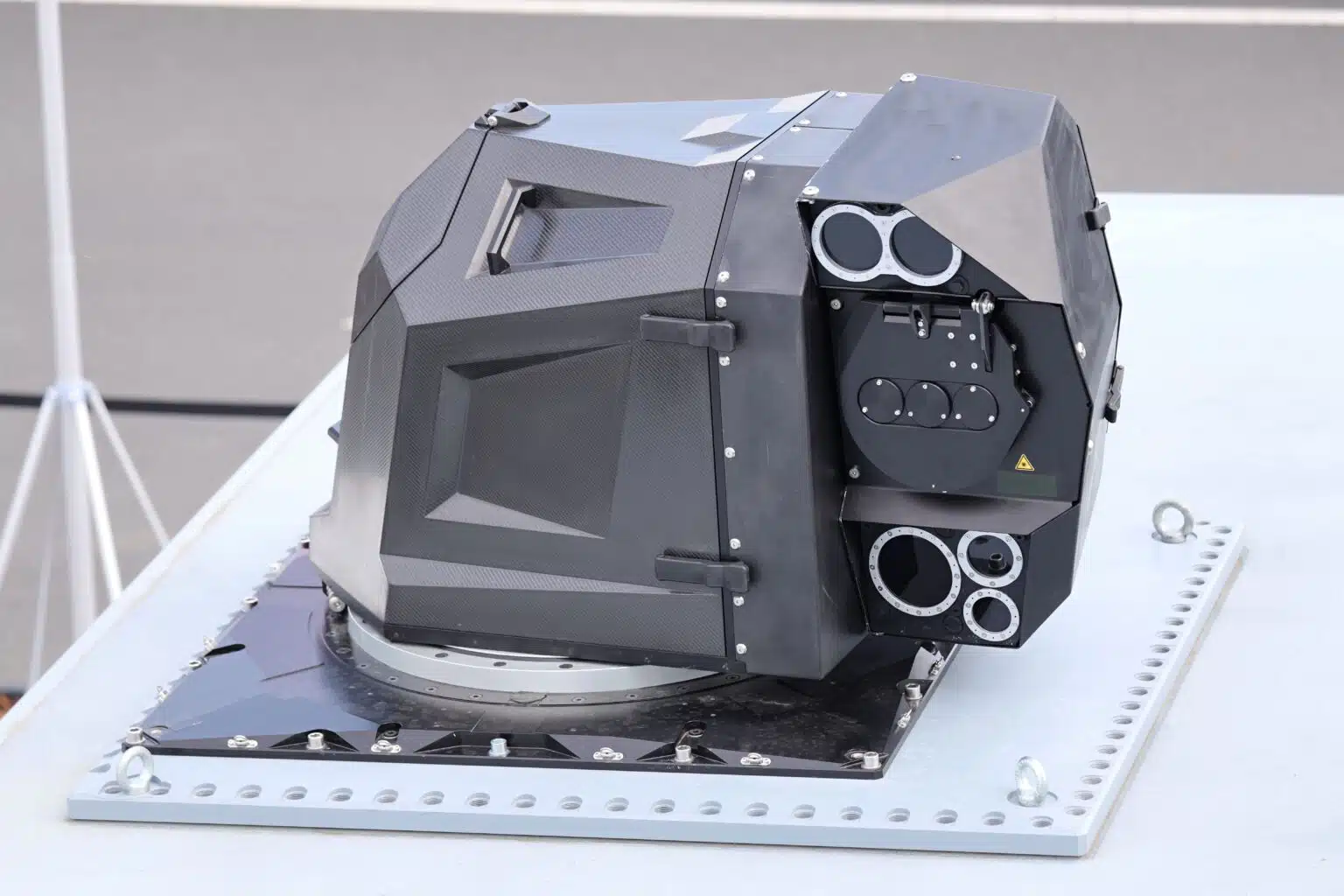
Rheinmetall positions the product not as a replacement for conventional guns and missiles, but as a cost-effective and efficient complement to them. Whether it is truly economical is hard to judge: while the cost per shot is negligible, the installations and their maintenance remain far more expensive than traditional systems and their ammunition.
Read more: U.S. Considers UAV-Powered Battalions to Support Europe as Traditional Forces Take Back Seat




